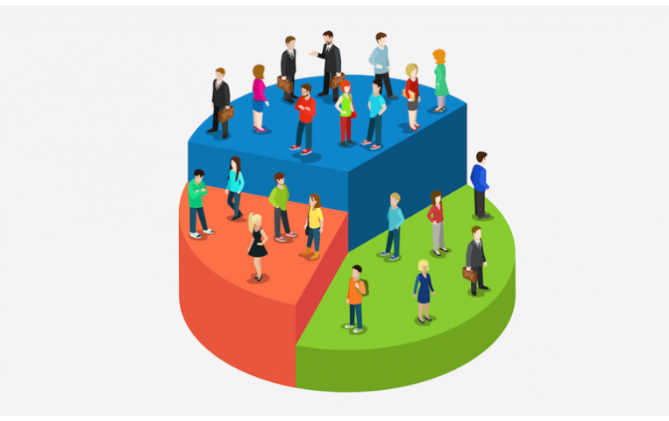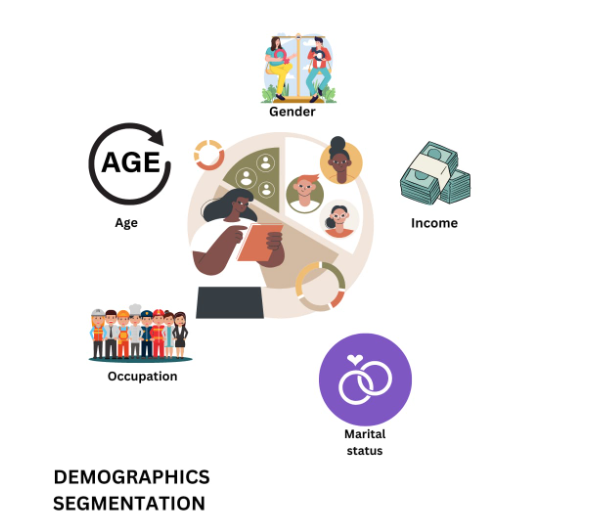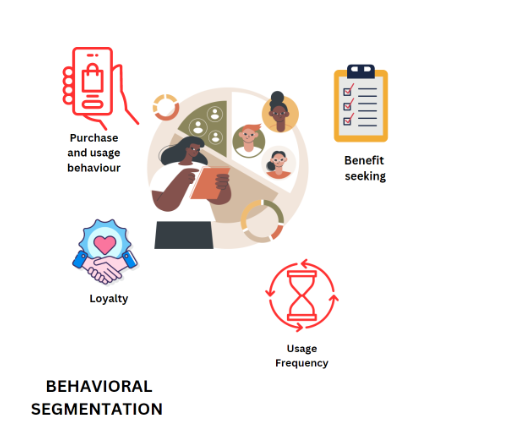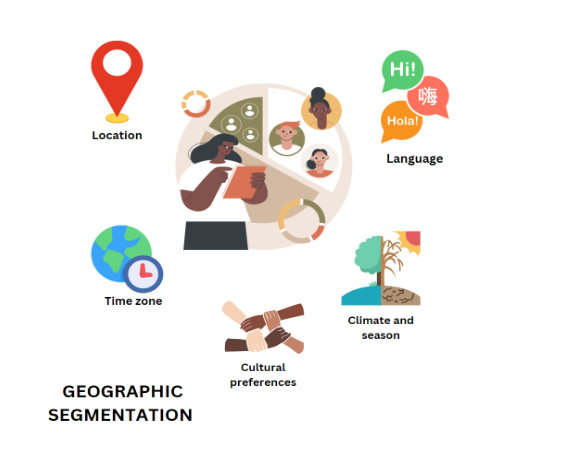Start-up Series 103 - Building a Solid Foundation
14th, June 2023

The Importance of Integrating Business Model, Business Model Hypothesis, and Business Model Canvas. - CUSTOMER SEGMENTS
In the previous sections, we discussed the relationship between business models, business model hypotheses, and the business model canvas. Now, let’s move on to the topic for today, which is customer segments.
When creating a business model canvas, there are some key elements that should be taken into consideration. These elements are:
CUSTOMER SEGMENTS:

In the business model canvas, customer segmentation is the first and most important aspect, as a company or business needs customers to buy their products.
Here, there are the different groups of customers or market segments that the company aims to target with its products or services. It helps identify the specific needs, preferences, and behaviors of each customer segment. Customers can be segmented into:
<li> Demographic Segmentation </li>
Think of a business that sells skincare goods. By identifying distinct client segments depending on their age, gender, and income level, they use demographic segmentation.
Let's examine professionals in the workforce. People in this group range in age from 25 to 40 and lead busy, demanding lives. They could worry about stress's effects on their skin, fine lines, and wrinkles. The business may serve this market by providing anti-aging products, skincare options that reduce stress, and practical skincare routines that fit into their busy schedules.

We can find shared traits among potential clients using demographic segmentation, including marital status, income, gender, ethnicity, age, politics, and occupation. However, it's crucial to proceed cautiously with demographic segmentation. We must be aware of any preconceptions or biases that can cloud our judgment and cause us to make incorrect or inefficient marketing decisions. By keeping an eye out for these possible dangers, we can make sure that our marketing plans are inclusive, considerate, and suited to the various needs and preferences of our target market.
<li> Psychographic Segmentation </li>
The goal of psychographic segmentation is to comprehend the customer's lifestyle. It entails investigating their customs, values, attitudes, social standing, and interests, particularly as they relate to our offering. We can learn more about the degrees of client loyalty and better meet their needs and preferences by understanding the values of various customer categories. Building greater connections with clients and raising customer satisfaction may be made possible by this deeper comprehension of their psychographic profiles.

Consider those who seek out adventure. This group of individuals includes thrill-seekers who are always looking for exhilarating encounters. They take part in extreme sports, bungee jumping, and skydiving. They value excitement and adventure, and this serves as an area of interest to them. The business can serve this market by promoting adventure vacation packages, working with adventure sports organizations, and providing specialist gear and equipment for extreme sports.
<li> Behavioral Segmentation </li>
Customers are categorized via behavioral segmentation according to their preferences and routines. This entails looking at how customers use our product, their preferred sales channels, their spending habits, and other frequent behaviors they exhibit.
We may learn more about client preferences, spot chances for personalization, and create focused marketing plans that cater to their particular requirements and behaviors by examining these behavioral patterns. Behavioral segmentation eventually improves customer satisfaction and develops loyalty by better understanding and accommodating the distinctive interests and behaviors of various consumer segments.

Customers who are brand loyal, for instance, have consistently made purchases from the business over a period of time. They have a strong brand preference, join loyalty programs frequently, and are more inclined to buy products again. They frequently favor a particular company's product line or category.
Consider a fitness app that offers a variety of exercise regimens as an example. They establish several client segments based on their exercise preferences and practices using behavioral segmentation. Customers who favor high-intensity workouts may make up one group, but those who are drawn to yoga and mindfulness may make up another.
The software may tailor recommendations and material for each segment by comprehending these behavioral variations. Fans of hard cardio workouts may receive tailored ads for such workouts, while devotees of yoga may get suggestions for fresh asana or meditation techniques. The fitness app can improve user engagement, contentment, and loyalty by adapting to the individual interests and habits of each segment.
<li> Geographic Segmentation </li> </ol>
Sorting prospective customers according to their geography is known as geographic segmentation. A consumer base may occasionally be very localized to a particular area. Geographic considerations are crucial since it is difficult to promote a service that customers may not be able to get in their neighborhood. We may learn important information about a client base's interests, worries, and requirements by looking at how they are distributed geographically.
A business that provides snow removal services, for instance, would primarily target clients in areas with snowy climates because those are the places where the service is most applicable and in demand. We may effectively target and engage clients in particular places by adjusting our marketing strategies based on the geographic segmentation of our target population.

Let’s consider urban residents. Here, customers that live in urban locations with a high density of people make up this sector. They have busy lives and frequently look for convenience and prompt service. They favor places that are convenient to get to, like city centers or active commercial areas. By establishing facilities in high-traffic metropolitan areas and placing an emphasis on quick service and grab-and-go meal alternatives, the fast food business may target this market.
In conclusion, product managers should prioritize customer segmentation because it is essential to project success. Product managers may efficiently design their strategies, goods, and services to match the unique needs and preferences of various client groups by studying and segmenting customers based on their demographics, psychographics, habits, and geographic location.